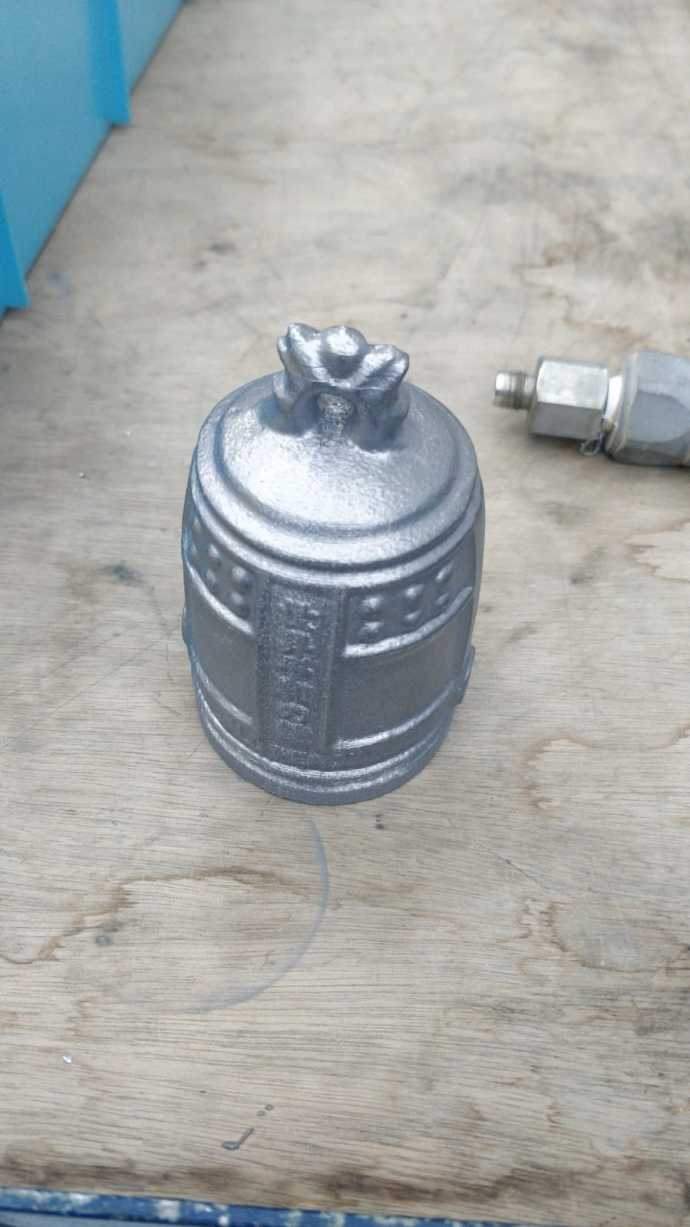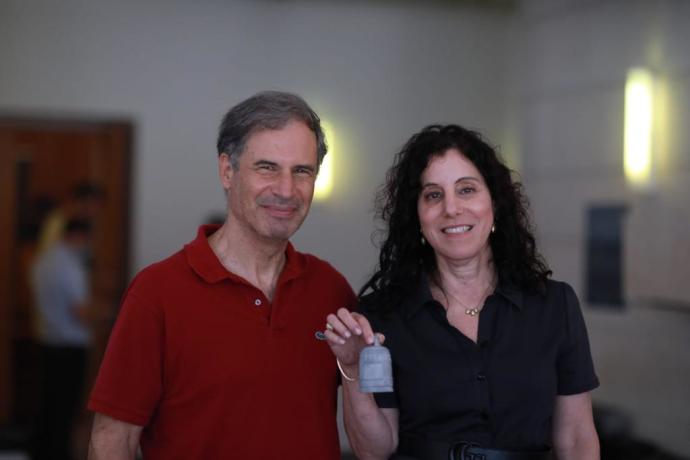Eitan Stibbe will take off into space for a historic scientific mission, dubbed ‘Rakia’ (Sky) at the International Space Station, in February 2022.
On the UN’s International Peace Day, which is observed each year on September 21 and is dedicated to world peace and the absence of wars and violence, the Japanese Peace Bell is rung at UN headquarters in New York.
In preparation for his journey, Stibbe was asked to choose personal items he would like to take with him into space. After some thought, he decided to take a number of items, including a scale model of the Peace Bell that was specially prepared using a 3D printer.

Stibbe said he would take very few items, as the total weight is limited to 1.5 kilos. For Stibbe, the choice of the small world Peace Bell symbolizes the importance of peace-building efforts. As Prime Minister Menachem Begin said ahead of the Egyptian president’s visit in 1977, “war is preventable; peace is inevitable.”
The World Peace Bell is a symbol of peace that has been achieved in the world after years in which the world was in a devastating war.
The choice of the Peace Bell is not coincidental, for Stibbe has a special connection to the subject.
His father, the late Ehud Stibbe, was a prisoner of war of the Japanese during World War II.
Several years ago, Stibbe initiated the bringing of the bell to Israel, and the sounds of the Japanese bell were heard for the first time in a special ceremony held at Kiryat Adam, a research, study, diagnosis, and treatment center in the city of Lod.
Inbal Kreiss, director of the scientific mission of ‘Rakia’ and director of innovation of the IAI’s Missile and Space Systems Division, said: “We are proud to send the Peace Bell to the International Space Station, which is a symbol of technological unity and progress.
The ‘Rakia’ mission is bringing groundbreaking Israeli technology to space, which also symbolizes the values of peace and brotherhood between peoples.”
"The bell was printed using a 3D metal printing technology using special metals in the IAI missile and space systems division," said Kreiss. "The printer is frequently used to print satellite parts and can be used to design and produce parts in unique geometry and print them.
"The three-dimensional printing of the Peace Bell is another path to Israeli progress and the many uses that can be made with advanced technologies."

